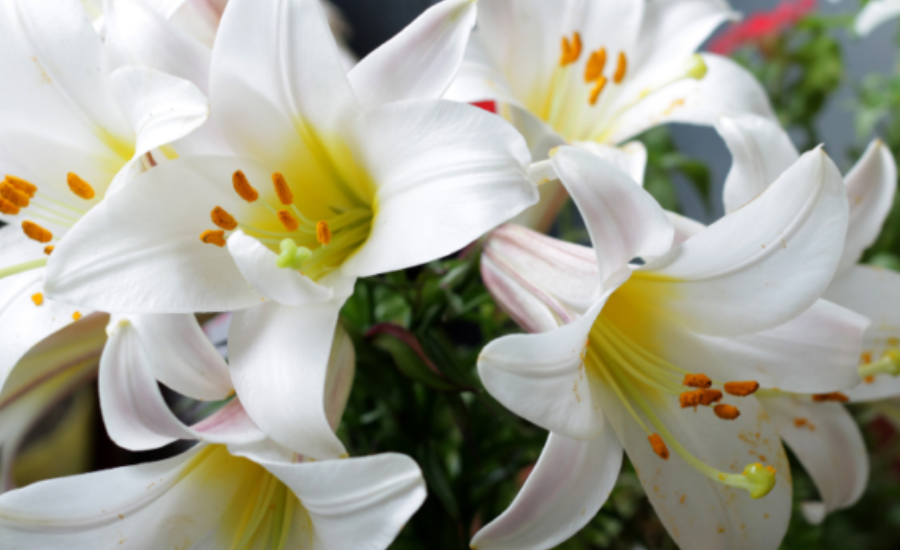In our fast-paced, modern world, finding moments of peace and tranquility can be challenging. Zen gardens, also known as Japanese rock gardens or karesansui, offer a serene solution that blends aesthetics and mindfulness into landscape design. Originally created as a space for meditation and reflection, these gardens utilize natural elements to foster a sense of calm and connection to nature. This article explores the benefits of incorporating Zen gardens into your landscape design and offers tips for creating your own tranquil oasis. For more information check out best landscaping companies in dubai
1. The Philosophy Behind Zen Gardens
Zen gardens are deeply rooted in Zen Buddhism, emphasizing simplicity, tranquility, and the beauty of nature. The design principles focus on creating a harmonious relationship between the elements—rocks, gravel, water features, and plants. Each element serves a purpose, often symbolizing aspects of nature, such as mountains, rivers, or the sea.
The act of tending to a Zen garden can also be meditative. Raking gravel into patterns that mimic water ripples, for example, encourages mindfulness and a deeper connection to the natural world. By creating a space that fosters contemplation, Zen gardens can help reduce stress and promote mental clarity.
2. Benefits of Zen Gardens in Landscape Design
Incorporating a Zen garden into your landscape design can provide numerous benefits, including:
- Stress Relief and Mindfulness: The peaceful environment of a Zen garden encourages relaxation and mindfulness. Spending time in this tranquil space can help reduce anxiety and promote emotional well-being.
- Aesthetic Appeal: Zen gardens are visually striking, using a minimalist approach to create beauty through simplicity. The carefully arranged rocks, gravel, and plants create a stunning focal point in any landscape.
- Low Maintenance: Once established, Zen gardens require minimal upkeep compared to traditional gardens. The use of gravel and strategically placed rocks reduces the need for mowing, pruning, and watering, making them ideal for busy homeowners.
- Environmental Benefits: Zen gardens can support local ecosystems by incorporating native plants and creating habitats for wildlife. Additionally, the use of gravel can help with drainage and reduce erosion.
3. Key Elements of a Zen Garden
To create a Zen garden that embodies tranquility and serenity, consider incorporating the following elements:
- Rocks and Stones: Rocks are the foundation of a Zen garden, symbolizing mountains and permanence. Choose a variety of shapes and sizes to create visual interest. Place larger boulders strategically as focal points and use smaller stones to define pathways or borders.
- Gravel and Sand: The use of gravel or sand represents water in Zen gardens. Raking patterns into the gravel creates a sense of movement and flow. Opt for white or light-colored gravel to enhance the feeling of serenity and contrast beautifully with darker stones and plants.
- Plants: While Zen gardens often prioritize minimalism, incorporating a few carefully chosen plants can add life and color. Consider using low-maintenance options like moss, ferns, or small shrubs that complement the overall design without overwhelming it.
- Water Features: If space allows, incorporating a water feature, such as a small pond or a stone basin, can enhance the tranquility of your Zen garden. The sound of flowing water promotes relaxation and encourages meditation.
- Pathways: Create pathways using stepping stones, gravel, or mulch to guide visitors through the garden. These paths encourage exploration and contemplation, inviting individuals to take their time and appreciate the beauty around them.
4. Designing Your Zen Garden
When designing your Zen garden, keep the following tips in mind to create a harmonious and tranquil space:
- Simplicity: Embrace simplicity in your design. Limit the number of elements and focus on quality over quantity. A few carefully placed rocks and a small selection of plants can create a stunning effect.
- Balance: Strive for balance in your garden design. Arrange elements in a way that feels harmonious, considering the size, shape, and color of each component. Symmetry is not essential, but a sense of equilibrium is crucial.
- Mindful Placement: Take your time when placing rocks, gravel, and plants. Consider how each element interacts with the others and how they contribute to the overall feeling of the garden. Mindful placement enhances the meditative quality of the space.
- Personal Touch: Add personal touches to your Zen garden to make it uniquely yours. Consider incorporating meaningful objects, such as sculptures, lanterns, or favorite plants, that resonate with you and enhance your connection to the garden.
5. Creating a Space for Meditation and Reflection
A Zen garden is not just a beautiful addition to your landscape; it is also a space for contemplation and mindfulness. To fully embrace the benefits of your Zen garden:
- Designate a Seating Area: Create a comfortable seating area within or near your Zen garden where you can relax and meditate. Consider adding a bench, cushions, or even a simple mat to encourage mindful moments.
- Establish a Routine: Incorporate regular visits to your Zen garden into your routine. Spend time sitting quietly, reflecting, or practicing mindfulness. This intentional practice can deepen your connection to the space and enhance its calming effects.
- Limit Distractions: When using your Zen garden for meditation, limit distractions by turning off electronic devices and focusing solely on the natural elements around you. Pay attention to the sounds of nature, the textures of the plants, and the feel of the gravel under your fingers.
6. Maintenance Tips for Your Zen Garden
To keep your Zen garden looking its best, follow these low-maintenance tips:
- Regular Raking: Rake the gravel or sand regularly to maintain patterns and remove debris. This simple task can be meditative in itself, allowing you to engage with the garden actively.
- Weed Control: Keep weeds at bay by regularly inspecting your garden. Hand-pulling weeds is often sufficient, as the minimalist design limits the space for unwanted plants.
- Seasonal Care: Monitor your plants throughout the seasons. Remove any dead foliage and refresh the gravel as needed to maintain the garden’s aesthetic.
Conclusion: Embrace Tranquility in Your Landscape
Incorporating a Zen garden into your landscape design offers numerous benefits, from enhancing your outdoor aesthetic to promoting mindfulness and relaxation. By thoughtfully integrating natural elements and creating a serene space, you can cultivate a personal oasis that provides respite from the chaos of daily life. Embrace the philosophy of Zen gardens, and enjoy the peace and tranquility they bring to your landscape and your well-being.




